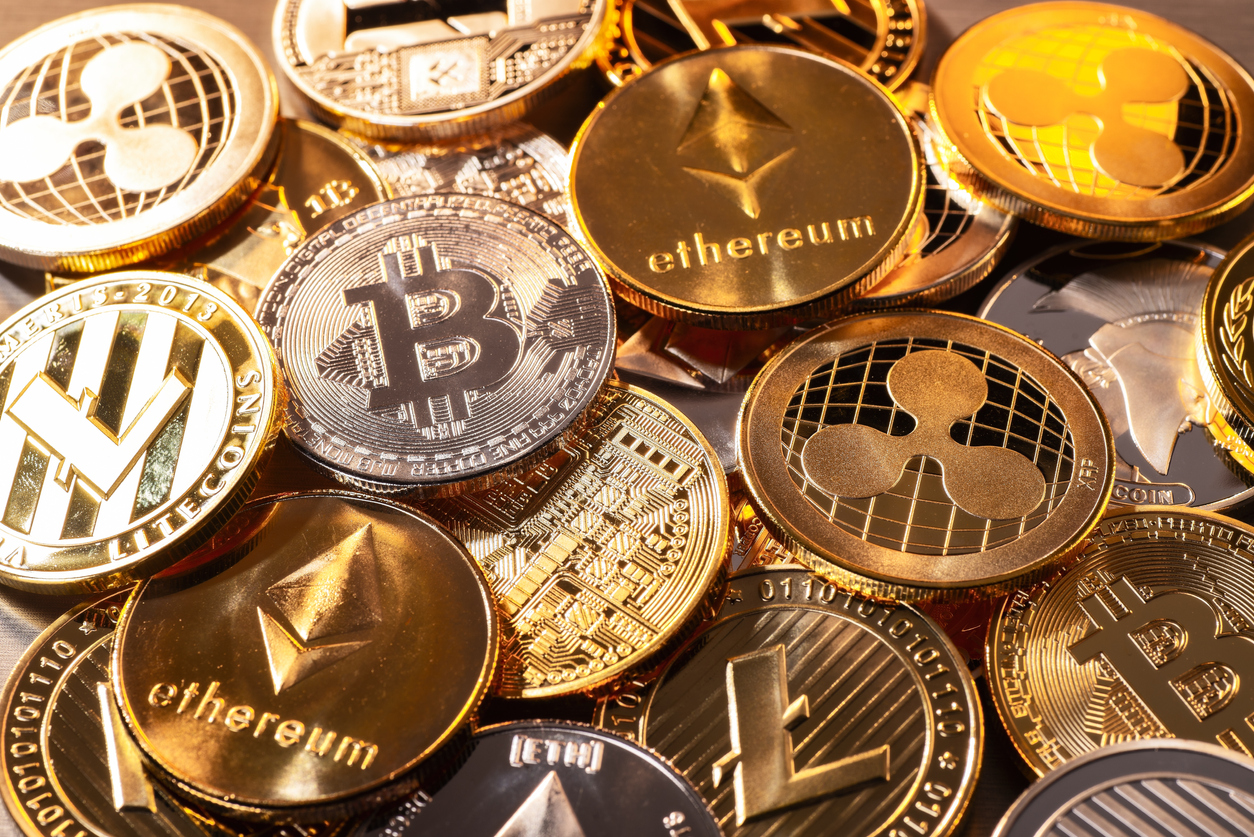As we have previously discussed, there is significant interplay between blockchain technologies and intellectual property law. In an earlier article we suggested that, although non-fungible token (NFT) and crypto technology is new and fast-moving, existing laws are well-placed to clearly identify and enforce rights and obligations in this space. And indeed, a report by the Law Commission for England and Wales has recently concluded that common law is robust and adaptable enough to handle any new issues thrown up by cryptos or NFTs.
NFTs and authenticity
Although one of the fundamental features of NFTs (in contrast to traditional digital artworks) is the ability to ascribe ‘authenticity’ to a work, there is nothing inherent in the technology to prevent more than one ‘authentic’ NFT being minted, nor to stop non-authentic NFTs being produced.
We are now seeing examples of this coming to light: in August 2021, a hacker succeeded in selling a fake Banksy as an NFT for nearly £250,000 before refunding the money after his cover was blown.
A more nuanced case in November 2021 involved a collection of Star Wars stormtrooper helmets which had been (genuinely) customised by artists including Anish Kapoor, David Bailey, and the Chapman Brothers. The curator of the collection was selling digitised images of the helmets as NFTs without the artists’ permission but, after copyright infringement notices were lodged with leading NFT marketplace OpenSea, these NFTs were quickly removed from sale.
These case studies act as real-life examples of the complexity of artistic copyrights, not least in the context of blockchain. The ‘Banksy’ was an out-and-out fake and, even though the stormtrooper helmets were genuine and the physical items were legally owned by the curator, he was not entitled to make further (digitised) copies of them, nor to sell those copies as NFTs. The copyrights in question remained with the artists, who could rely on these rights to prevent their artworks being exploited without consent.
With a bit of forethought, this could all have been settled in advance. An agreement between the curator and artists could have clearly set out what rights lay with whom, and who was and was not therefore entitled to do what under copyright law. And, of course, this agreement could have been hardwired into each NFT as a smart contract, allowing transparency over the copyright situation, as well as automation of royalty and resale payments to the artists.
Cryptos and intellectual property
It’s not just NFTs that are falling foul of intellectual property rights — whole crypto projects are also coming under legal scrutiny. The JRRToken (whose punning name was probably its most memorable feature) was a recent, if short-lived, addition to the pantheon of cryptocurrencies. Launched in August 2021, it was effectively shut down following a domain name dispute brought by Tolkien’s estate. Despite some creative arguments that it was all a complete coincidence and how ‘JRR’ merely referred to ‘Journey through Risk to Reward’, this ‘One Token That Rules Them All’ (yes, that is really how it described itself) was held to infringe Tolkien’s IP.
Cryptos inspired by cultural touchstones remain strangely popular, whether referencing blockbusting fantasy epics or dog memes. Some are genuine (if nerdy) homages, but others are more malicious and seek to coattail on popular trends in order to make an easy buck. In October 2021, a play-to-earn blockchain game based on Netflix’s global hit Squid Game turned out to be nothing more than a blatant ‘rug-pull’ (i.e. scam) after apparent gains of 7,500% collapsed overnight to zero, with all associated websites and social media going blank. As it turned out, there was never any official connection with Netflix but, in their rush to invest, plenty of punters appear to have overlooked both the legal niceties and the curious gameplay and tokenomics involved.
Summary
The rapid development of blockchain-enabled projects has created many genuine opportunities for wealth creation. However, alongside the legitimate projects there are numerous unlicensed, unlawful, and sometimes downright fraudulent offers.
Whether out of a sense of urgency, or perhaps a dose of FOMO (‘fear of missing out’), many investors caught up in this digital goldrush have been tempted to skimp on their due diligence and research. This allows scammers to flourish and makes it all the more important to keep a cool head and check the fine print. For a more detailed discussion on the future of blockchain and related issues, please contact Graeme Fearon +61 499 836 385 graeme.fearon@moulislegal.com from our intellectual property and technology law team.
This memo presents an overview and commentary of the subject matter. It is not provided in the context of a solicitor-client relationship and no duty of care is assumed or accepted. It does not constitute legal advice.
© Moulis Legal 2021






